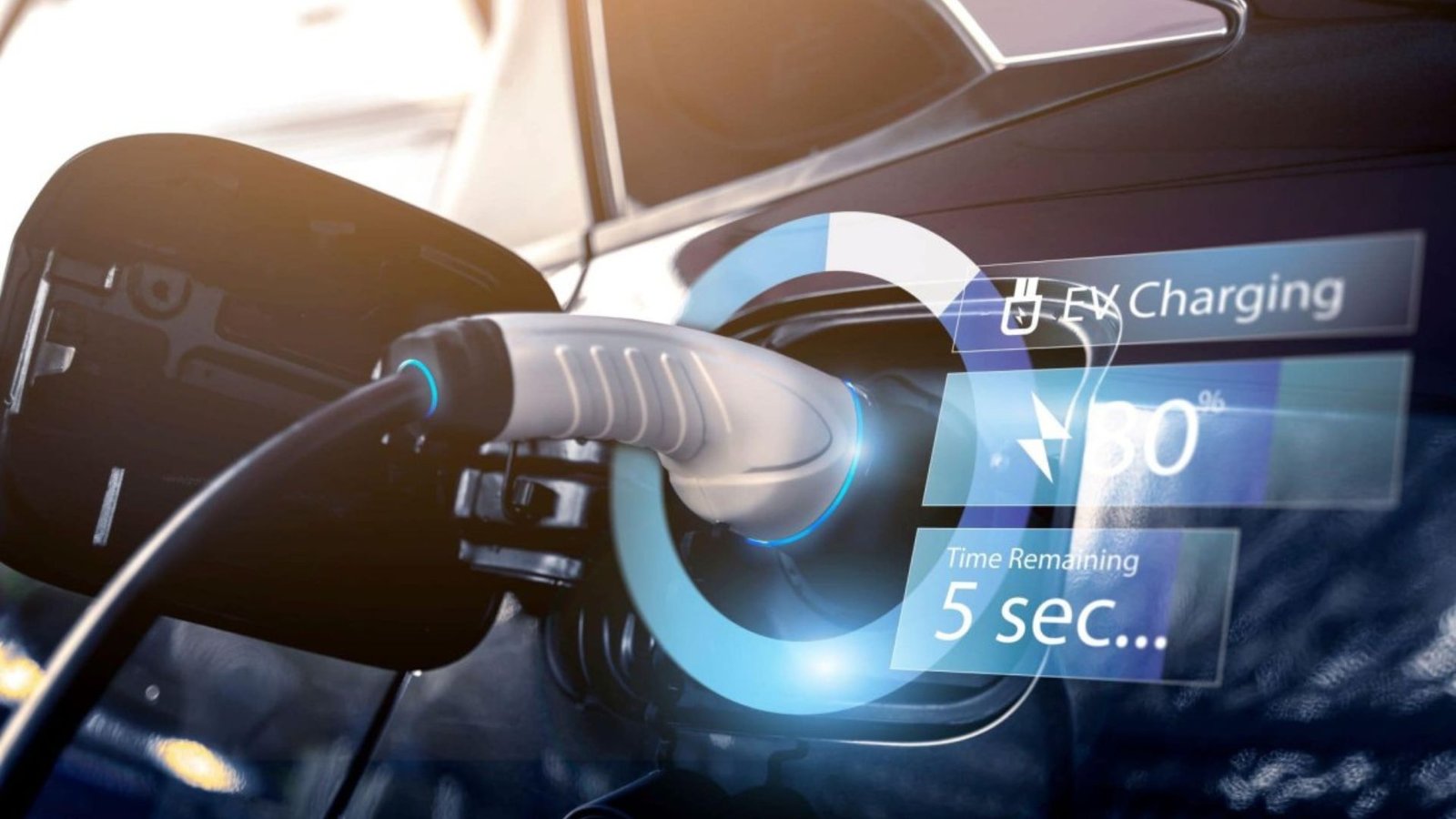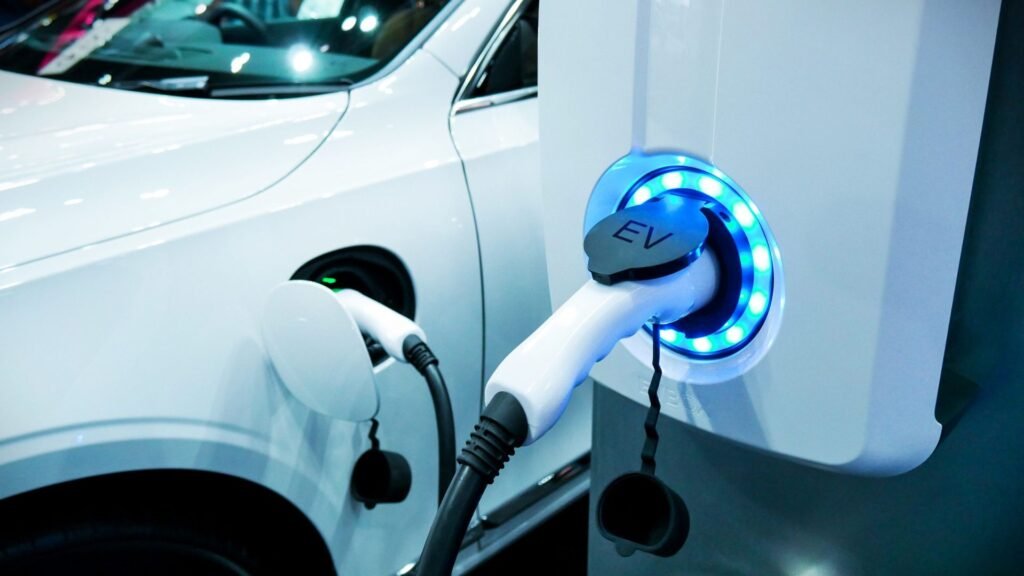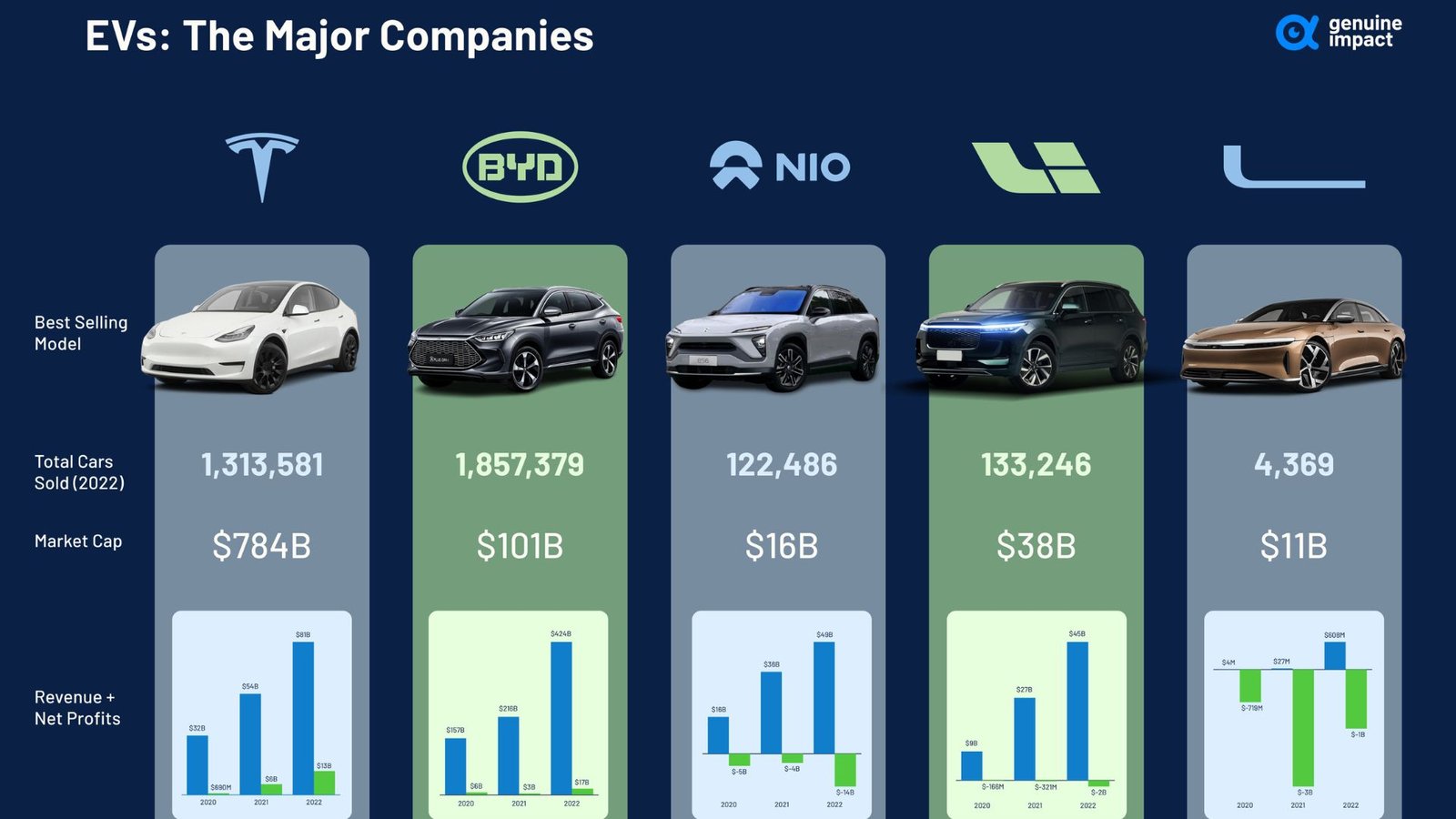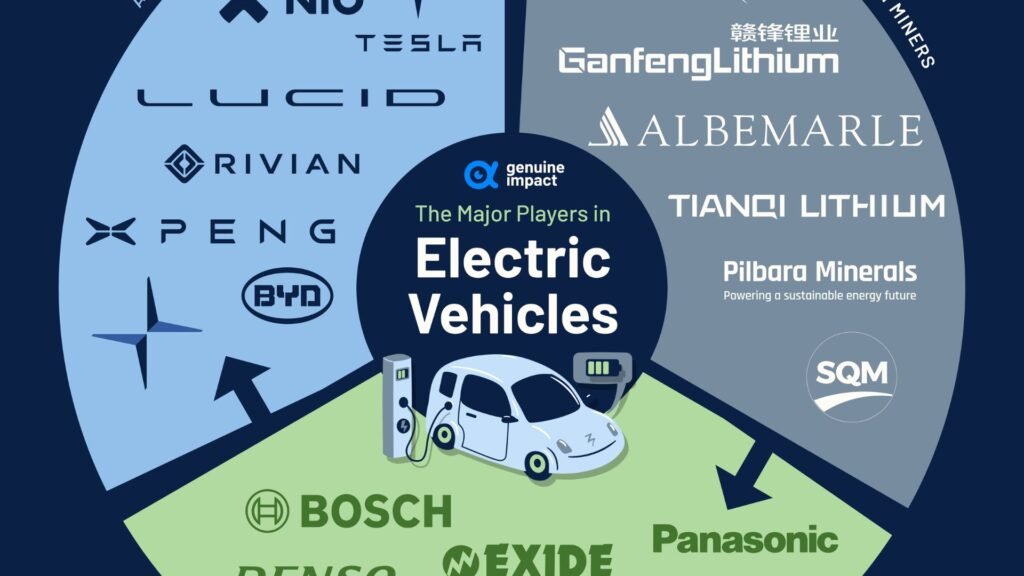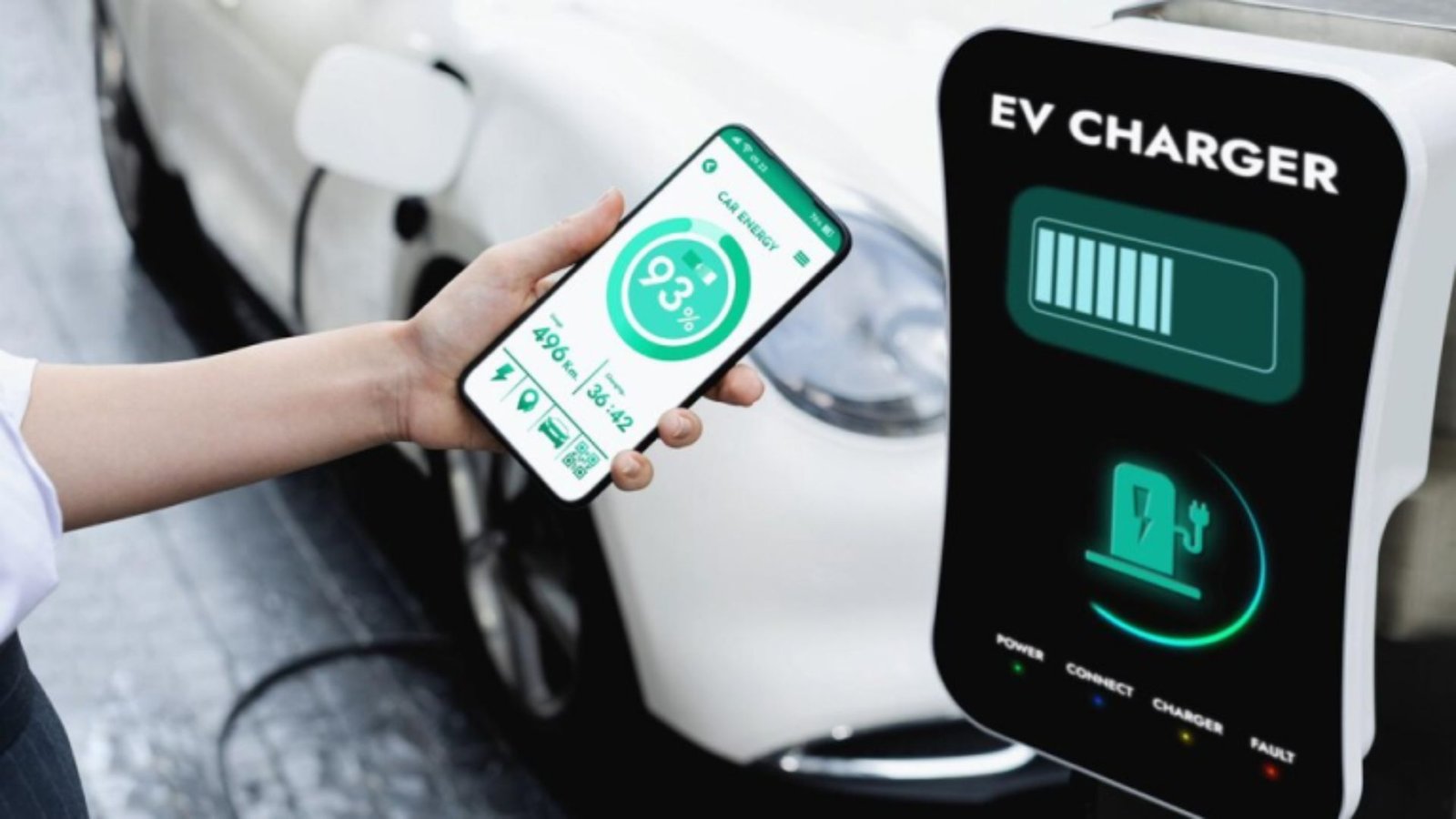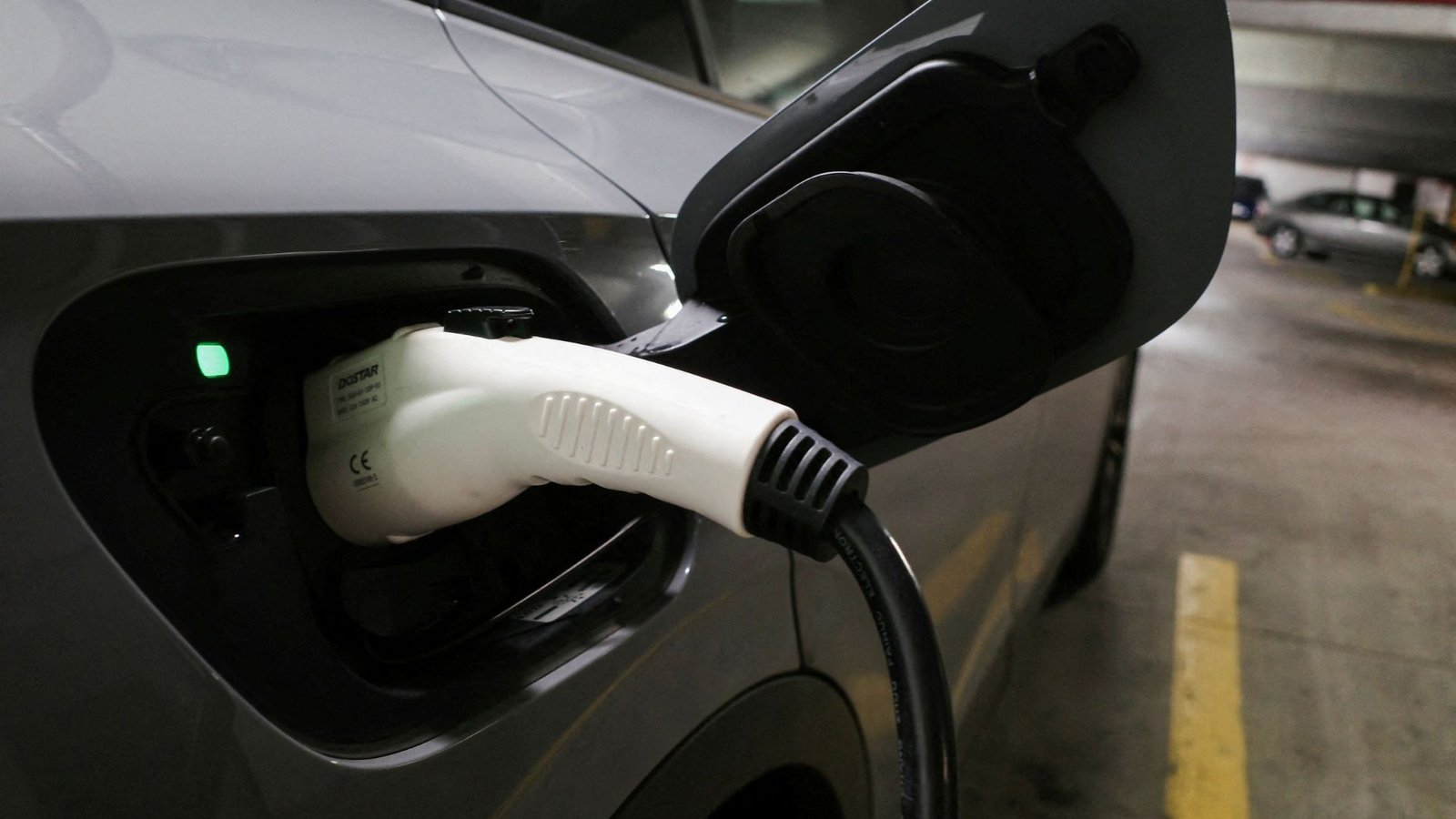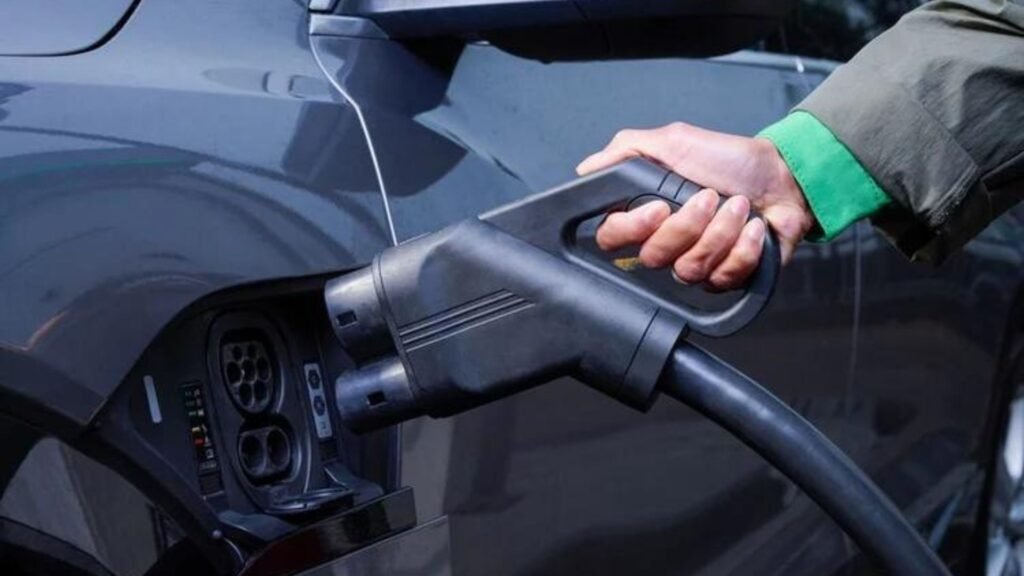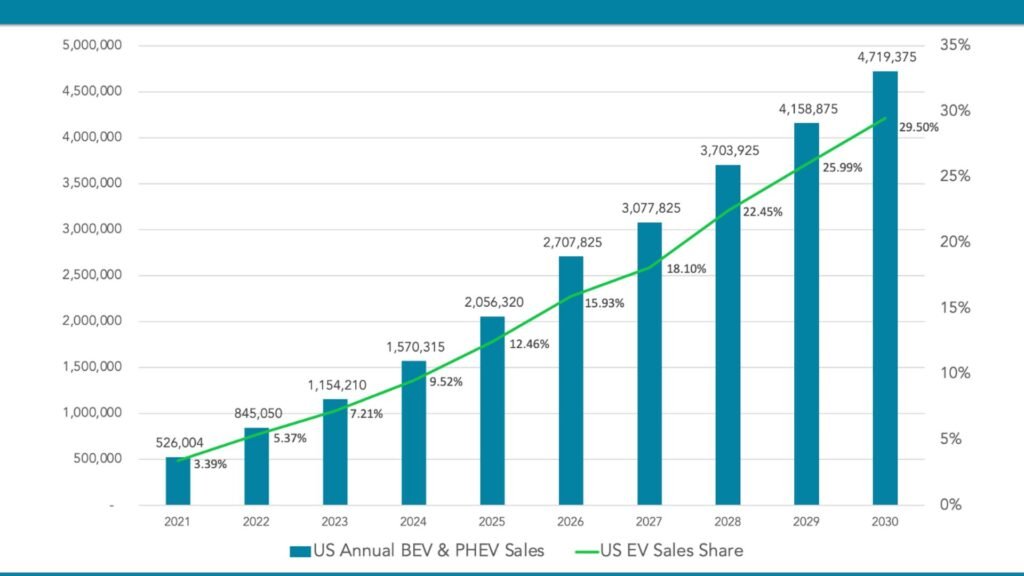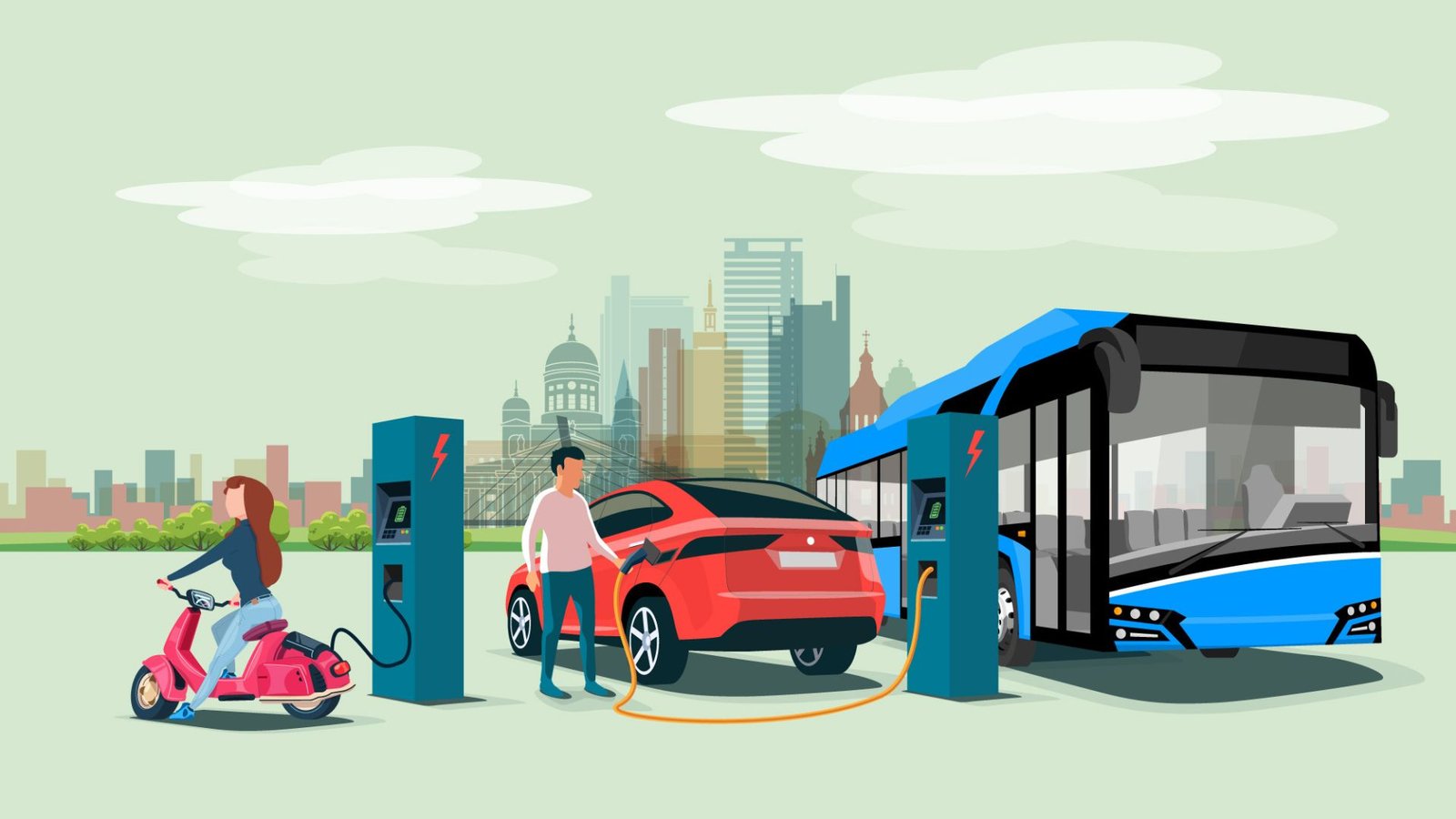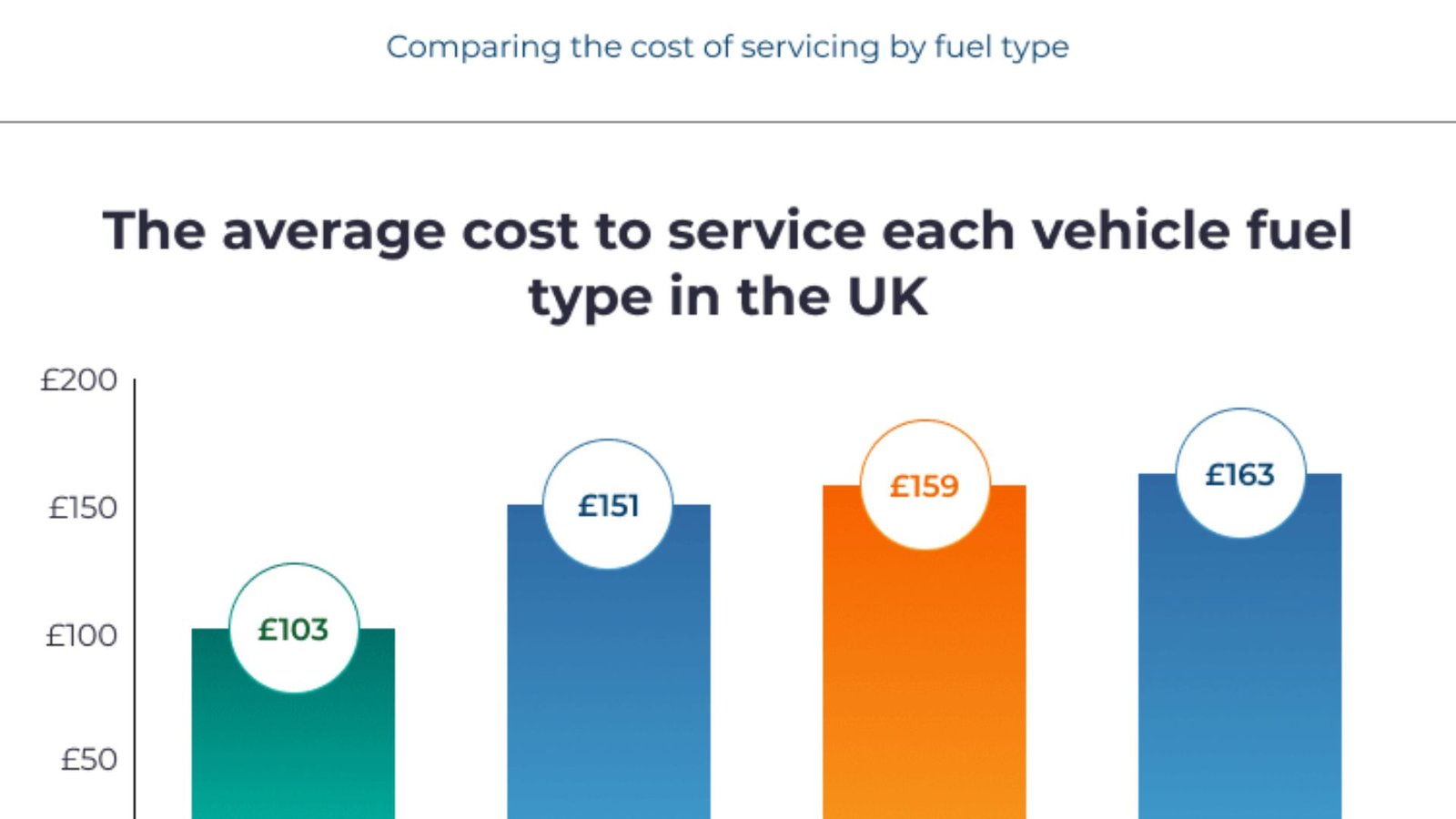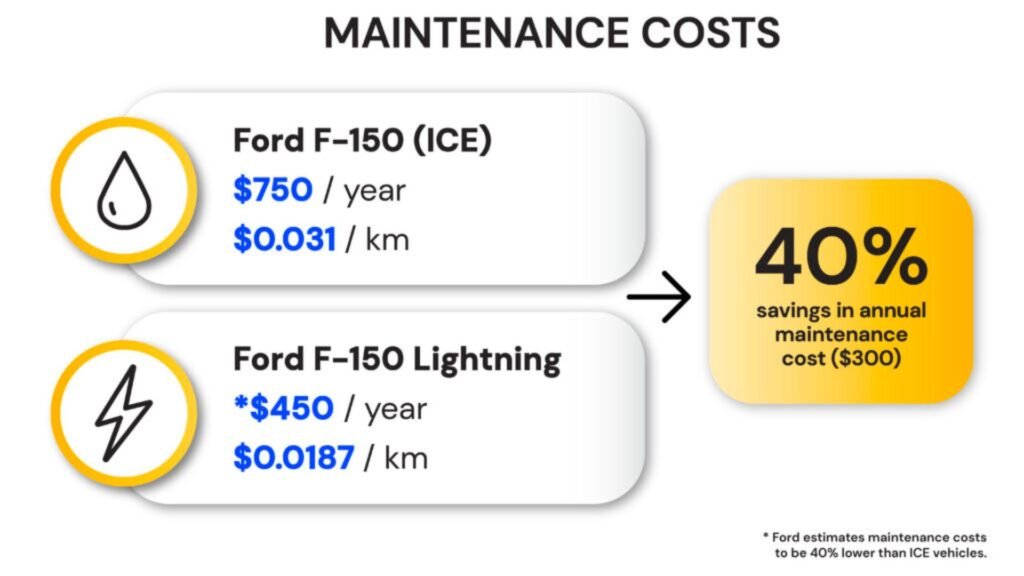Tips for Electric Vehicle Road Trips
Embarking on electric vehicle road trips can be both exciting and rewarding. If you’re new to road-tripping with an electric vehicle (EV), you might have questions about how to plan and manage your journey. Let’s explore how to make the most of your EV road trip experience.
Plan Your Route Carefully
When planning electric vehicle road trips, careful route planning is crucial. Unlike traditional vehicles, EVs rely on charging stations, which means you need to plot your course around available charging points. Use EV-specific route planning tools and apps to map out your trip. These tools not only show you the locations of charging stations but also provide real-time availability and station details.

Use EV-Friendly Apps
Modern technology makes electric vehicle road trips easier than ever. Several apps are designed to assist with finding charging stations, planning routes, and even estimating charging times. Popular apps include PlugShare, ChargePoint, and ABRP (A Better Route Planner). These apps help you find the nearest charging stations and provide information about their types and availability.
Charge Before You Leave
Before you start your road trip, ensure your EV is fully charged. A full battery gives you the most flexibility and reduces the chances of needing an unscheduled stop. Also, consider charging to 100% overnight before long trips to maximize your driving range from the start.
Plan for Charging Time
Electric vehicle road trips involve planning for charging stops. Charging an EV takes longer than filling up a gas tank, so be prepared for breaks. Depending on your EV and the type of charger, you may need to spend 30 minutes to an hour at each charging station. Use this time to rest, grab a meal, or explore your surroundings.
Check Charging Station Availability
Charging station availability can vary by location. Some areas may have multiple stations, while others might have fewer options. Before starting your journey, check the availability of charging stations along your route. This will help you avoid any potential issues and ensure you have access to charging when needed.
Consider Charging Network Memberships
Many charging networks offer memberships that provide benefits like discounted rates or faster charging speeds. Consider signing up for these memberships if you frequently use specific networks. Memberships can make your electric vehicle road trips more convenient and cost-effective.
Keep a Charging Kit Handy
It’s a good idea to keep a charging kit in your vehicle. This kit should include any necessary adapters and cables for different types of charging stations. Having these items on hand can prevent delays if you encounter a charging station that uses a different connector type.
Monitor Your Battery Usage
During your road trip, keep an eye on your battery usage and remaining range. Many EVs come equipped with range management features that help you monitor how much distance you can travel before needing to charge. Regularly checking your battery status ensures you don’t get caught off guard by a low charge.
Be Prepared for Unplanned Stops
Despite careful planning, unplanned stops can occur. Charging stations may be out of service, or you might need to adjust your route. Stay flexible and have a backup plan in case your primary charging station isn’t available. Knowing alternative routes and charging options can help you manage unexpected situations.
Optimize Driving Efficiency
To get the most out of your electric vehicle road trips, drive efficiently. Use features like regenerative braking to extend your range and maintain a steady speed. Avoid sudden accelerations and high speeds, as these can drain your battery more quickly.
Stay Informed About EV Technology
EV technology is constantly evolving. New charging networks and improved battery technologies can enhance your road trip experience. Stay informed about the latest advancements in EV technology and charging infrastructure to make your journeys smoother and more enjoyable.
Pack Essential Items
When traveling in an electric vehicle, packing essential items can make your trip more comfortable. Bring items like snacks, drinks, and entertainment for longer charging stops. Having these supplies on hand will help you make the most of your breaks and keep you energized throughout your trip.
Check for Roadside Assistance
Conclusion
Planning and executing electric vehicle road trips requires some extra preparation, but it can be a rewarding experience. By carefully planning your route, using helpful apps, and managing your charging needs, you can ensure a smooth and enjoyable trip. Embrace the adventure and make the most of your electric vehicle road trip!


